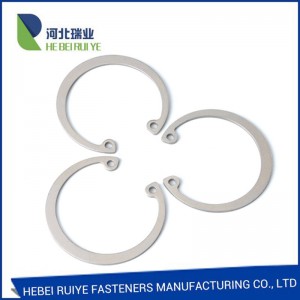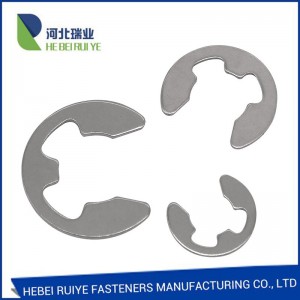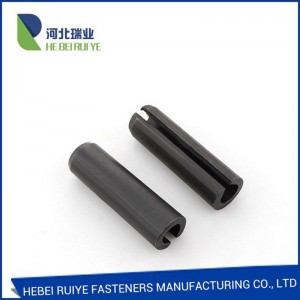hanga Kōwhai Konutea whakakikoruatia Linch High Kounga Safety Lock Pin Hua i roto i China Din11023
Linch titi:
DIN11023, linch titi, Waea Lock Pin, raka titi
Pin Material: Waro Steel / kowiri tira
waea Material: Spring Steel
Mata maimoatanga: konutea Kōwhai whakakikoruatia, konutea whakakikorua, mania,
Reference M ngā: M4.5-M12
Reference Length : 30mm-90mm
rahi katoa ranei hua rite ki to koutou tono
E nuitia titi Linch whakamahia i roto i te ahumahi ahuwhenua mō te whiwhi ngā ki te huti e toru ira o te. kia hoki te whakamahi titi Linch i wahi o te mo te whiwhi titi huti
Ko te titi haumaru ko te rerekētanga o te titi auau i ngā te tikanga puna ohie me te papaki. Te papaki kaimahi e rua ngā take: ki te hanga i te koropiko kati ai tika whakamau i te titi ki te mea te tono reira ki, a ki te taupoki ana i te mutunga o te titi ki te tiaki i te kaiwhakamahi i te wāhi koi.
Safety pins are commonly used to fasten pieces of fabric or clothing together. Safety pins, or more usually a special version with an extra safe cover, called a nappy pin, or loincloth pin, are widely used to fasten cloth diapers (nappies), or modern loincloths, as the safety clasp, while remaining ingestion hazard,[1] prevents the baby girl or boy from being jabbed. Similarly, they can be used to patch torn or damaged clothing. Safety pins can also be used as an accessory in jewelry, like earrings, chains, and wristbands. Sometimes they are used to attach an embroidered patch. Size 3 is often used in quilting and may be labelled for purchase as a "quilting pin". Size 4 and larger may be called "blanket pins" and deemed acceptable as kilt pins for informal dress, depending upon design and appearance.
Te titi whakakoi, piri e te ki te waea koru hono te ki te pōtae potae e te i te mutunga o te waea. E aki ana i te titi ki te whakatuwheratanga o te potae tëtahi te haumaru o te titi, a ka ko te kuiti te papaki.


















